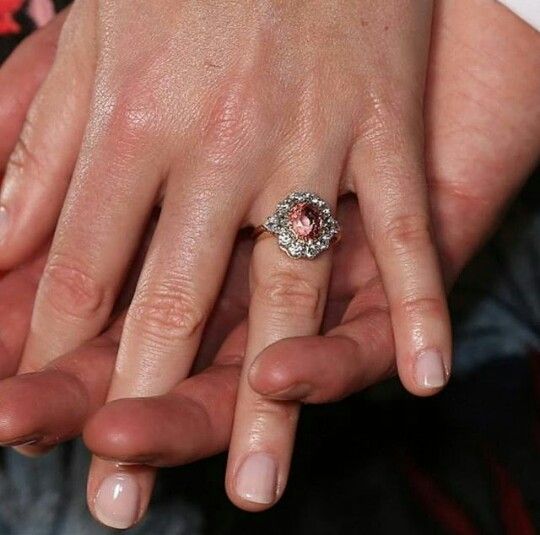In 1700s Britain, the significance of engagement rings UK began to evolve, marking a transformative period in the customs surrounding betrothal and marriage. While the tradition of giving rings as tokens of commitment dates back centuries, it was during this century that these adornments gained popularity among the upper and middle classes, serving as a visible declaration of love and intention. The engagement ring became more than just a symbol of betrothal; it was a cherished piece of jewelry that reflected the social status and personal sentiment of the wearer.
During the early 1700s, the concept of marriage was often more practical than romantic, focusing on alliances between families rather than on love. However, as societal attitudes began to shift, particularly in the latter half of the century, personal affection started to take precedence in marriage arrangements. As a result, engagement rings became a meaningful way to express love and commitment. These rings were typically made from precious metals, with gold being the most favored choice due to its durability and symbolism of wealth.
The designs of engagement rings in the 1700s were diverse, ranging from simple bands to intricate pieces adorned with gemstones. While diamonds were becoming increasingly popular, colored stones like sapphires, rubies, and emeralds were also common choices. These gemstones were often set in elaborate designs that featured filigree work and engravings, highlighting the craftsmanship of the period. Such rings were not just beautiful; they often told a story, with each stone and design element carrying its own significance.
One popular design of the time was the “acrostic ring,” which featured a selection of gemstones arranged to spell out a name or word. For instance, a ring might include a diamond (D), an emerald (E), a pearl (P), and a ruby (R) to symbolize the word “DEP” or any name meaningful to the couple. This personalization made engagement rings a unique expression of love, allowing wearers to carry a sentiment with them at all times.
In addition to the choice of materials and designs, the manner in which rings were presented also evolved during the 1700s. Traditionally, a man would present an engagement ring to his betrothed as part of the formal proposal, a gesture that signified both his commitment and his family’s approval. This act not only reinforced the significance of the engagement ring but also set the stage for the upcoming marriage, establishing a formal transition from courtship to marital commitment.
As the century progressed, the influence of the upper classes on trends in jewelry became more pronounced. Wealthy families often showcased their status through lavishly designed rings, which were sometimes passed down through generations as heirlooms. These pieces of jewelry held sentimental value, connecting families through their histories and traditions. As a result, engagement rings became imbued with personal and familial significance, often serving as cherished reminders of love and commitment.
By the late 1700s, the idea of romantic love had begun to flourish, significantly influencing how engagement rings were perceived. No longer just markers of social status or family alliances, these rings became symbols of personal devotion and affection. The growing emphasis on individual choice and emotional connection in matters of love paved the way for the engagement ring to become a staple in the customs surrounding marriage.
In conclusion, the 1700s marked a pivotal era for engagement rings in Britain, transitioning from symbols of practicality to cherished tokens of love and commitment. The diversity in designs, the significance of gemstones, and the evolving customs surrounding engagement all contributed to the rich tapestry of meaning associated with these rings. Today, the legacy of 1700s engagement rings UK continues to resonate, reminding us of the enduring nature of love and the significance of the promises we make to one another.






